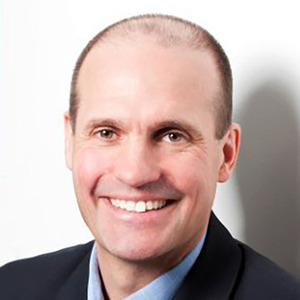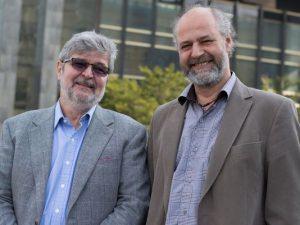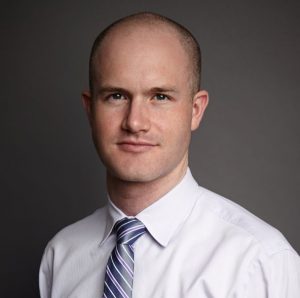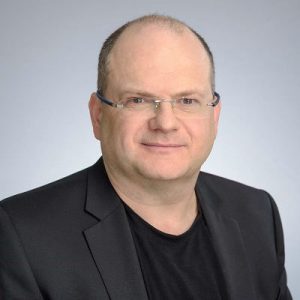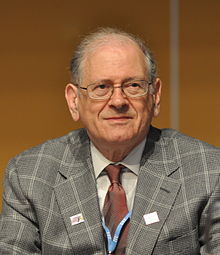Greg Tseng : The Co-Founder of Tagged, A Site Bringing People Together
It has always been said that the human being is a social animal. And, that is because only humans are capable of interacting with its surroundings and other creatures around him. Humans are able to make friends, besides their families. But making new friends is something that is both challenging and difficult. But, there are many, who even have a problem in starting a conversation and find friends, with whom they are comfortable with. But, for making this challenging task simple enough, Greg Tseng built such a site, named ‘Tagged.com’, which allows you to see who’s around you.
Tagged.com can be defined as a social discovery site. A site where you can view, talk, share tags and also share virtual gifts with people around you. Tagged was launched in 2004, by Harvard masterminds Greg Tseng and Johann Scheiler-Smith, who were science class buddies since class 7th. They both wanted Tagged to be different from all other social networking sites out there, mainly from Facebook.

To make their website stand out, apart from other, Greg and Johann targeted the audience of age group between 13 and 19. Hence, the site was set up for teens at first. The design and the concept were such that users could meet other people in a short period of time. In October 2006, Tagged expanded its user base. Now, the network was not just for teens only, it was open for all the age groups. The move went as it was planned. Tagged, eventually, saw an increase in the number of its user (at that time) by having more than 80 million users registered, and 7 billion views on the page per month.
But, Tagged also attracted some negative publicity towards itself. In 2009, Tagged was on the verge of getting sacked due to ‘deceptive email marketing and invasion of privacy’. In the same year, Time Magazine’s journalist Sean Gregory mentioned Tagged as the ‘The World’s Most Annoying Website!’ During that time period, Tagged paid an approximate of $1.4 million to settle down all the lawsuits that were against it, and soon after that, inherited new privacy policies.
After having a smooth sail for years, Tagged again started drawing criticisms from the users about the inappropriate content that was on the site. So, following the protocols, Tagged limited its services to users who were above 18, from February 2014.
Tagged has a simple sign-up process for a free account. A profile is built with all of the key features such as public profile and a display profile. Tagged shows you people around you in accordance with the similarity of interests which is surely a standout from Facebook which restricts you among the people you know. The site also has a gold membership which is VIP status with a monthly fee. The VIP membership, however, allows you to see who visited your profile.
The site also has games on it, which is Greg Tseng’s “hi5’s” work. He built this game studio during the development of the website. On the Tagged.com, people can collect pets (Other Users) and can share virtual gifts with each other.
Alongside this, Greg also developed flyingchickens.com and CrushLink. In 2015, he stepped down as the CEO of the company. “I initiated it and it’s happening the way I want”, he said, when asked about why he was leaving the post. Tagged has projected more than $45 million in revenues, and seek a $1 billion valuation IPO. The company also changed its name to If(we). Greg’s own net worth is around $25 million.
The story of Greg Tseng shows that to stand apart, you must have new ideas and also, that handing responsibilities to others after a certain period of time is required, so as to keep rolling new ideas and innovations. The ex-CEO of Tagged is someone to learn from.

Raghav is a student and a content writer. He loves to write about emerging as well as the existing technologies around and about the ones who bring them to you. Music is the other passion that Raghav processes. It is like the fuel to his body. He is also in writing songs and poems. He believes that life is short, so live the best out of what you have got. Raghav considers himself a sci-fi guy, having stories and tech all around in his head, all the time.
